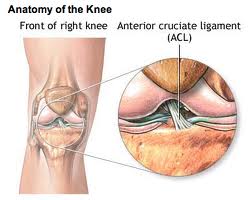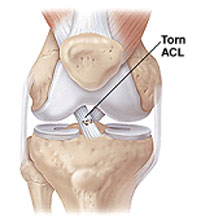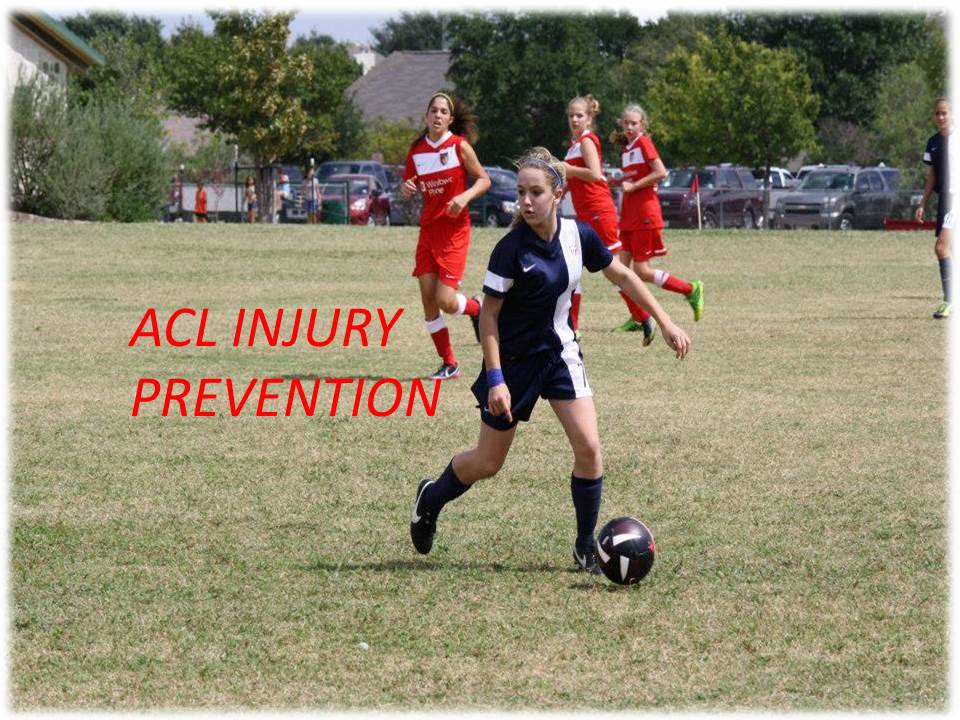As a physician and soccer coach I am keenly interested in both developing my players performance and skill while minimizing risk of injury. In youth soccer, U12-U18 girls have the greatest potential for devastating knee injuries.
The most common injury stems from the rupture of the ACL (Anterior Cruciate Ligament).
Much has been written and studied about the risk and prevention of ACL injuries, especially in teenage female players. However, many of the articles are technical, theoretical, or statistical in nature. Very few articles provide actual techniques to prevent this type of injury.
This article will explore prevention of the ACL injury in soccer players, but the specific program recommended can certainly cross over to prevention in other sports.
Anatomy of an ACL Injury
The ACL is a major ligament of the knee which has the function of holding the femor (thigh bone) in relation to the tibia (shin bond) at the knee. ACL injuries occur primarily during stopping or cutting activities. Research suggests most injuries are NOT a result of contact but rather related to sudden change of direction. Most commonly moments of torsion (twisting while changing direction) during intense deceleration produce the greatest injury. These injuries are important because they typically require surgery for repair and they can lead to significant time away from competitive sports…minimum 6-9 months.


Causes of ACL Injuries
As mentioned, sudden stops play a huge role in ACL injuries. However, a key factor tends to center on leg extension, or a lack of knee flexion during cutting or deceleration. When the knee is fully extended, say while stopping or jumping / landing with a straight leg, this places the ACL under the most stress.
So for soccer players injuries occur when cutting sharply with an extended-straight-leg or jumping in the air to service a header and landing on a straight stiff leg.
Simple Warm-up Exercises to Condition the ACL
Research has shown many plyometric strengthening activities decrease ACL injuries in female soccer players by 40%!!! That’s huge. But until recently specific programs are vague. By examining the injury mechanisms one can deduce a few key goals for injury prevention.
Goal #1 Bent knee muscle memory
Teach players to cut, stop, and jump with bent knees. This requires greater strength, flexibility and muscle memory to bend more deeply especially during deceleration, jumping, landing, and turning on the pitch. I contend the recommendations to follow, performed before each game/training session, will begin to retrain muscles to move in ranges of motion less likely to produce an ACL injury.
Goal #2 Using specific range of motion activities to prepare ACL for activity
Just like a muscle, a cold stiff ligament has less ability to absorb shock, stretch, or hold together. The second major goal of ACL warm-up/pre-game activities is to encourage, low intensity range of motion activities. Examples include commonly used dynamic warm-ups. Improvements upon common dynamic warm-ups include adding lunge stretching and 10 -15 air squats. Completely warming up quadracep and hamstring muscle groups is very important as these muscle groups are key to maintaining position of the bones relatively to each other.
Goal #3 Improving general range of motion, core strength, balance, and flexibility
The ACL does not exist in a vacuum. Many times ACL injuries stem from poor muscle balance, strength, or poor flexibility in the back, hamstrings, and lower extremities. Poor balance leads to awkward movement, unnatural directional changes, and body positions that stress the knee. Any prevention routine designed to not only minimize ACL injury but also prevent injuries in general must target these important features.
ACL Injury Prevention Activities
Fortunately science / medicine has combined with sport to produce standardized, research driven activities specifically designed not only to prevent ACL injuries but also injuries in general. FIFA recently launched their FIFA 11+ warm-up routine that incorporates many of the prevention Goals I mentioned above.
The warm-up routine has progressive dynamic activities designed to increase blood flow to large muscle groups at low intensity. The 20 min routine also has activities that develop core strength, balance and ACL resilience utilizing combined static and dynamic activities. As an additional bonus, the activities do not require special equipment and represent a complete physical warm-up prior to practices or games.
Why do this program to prevent ACL and general injuires?
Although specifically designed with soccer players in mind, this program could certainly double in nearly any other sporting activity. Some of the worlds best international and professional clubs have adopted this program and are already reaping the benefits.
If you’re a coach, parent, trainer, or athlete, I encourage you to train based on research! Your players deserve the protection and the benefit of this type of program.
For players younger than 11, try a shorter, modified version of the warm-up. The FIFA 11+ program represents a significant step forward in injury prevention. A huge portion of the program incorporates many of the key goals I mentioned specific to the devastating ACL type injuries. As a bonus it helps prevent a wider range of injuries too.
As always, I enjoy comments and feedback.
